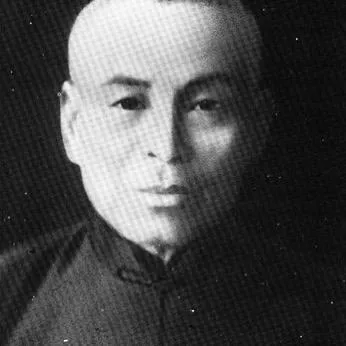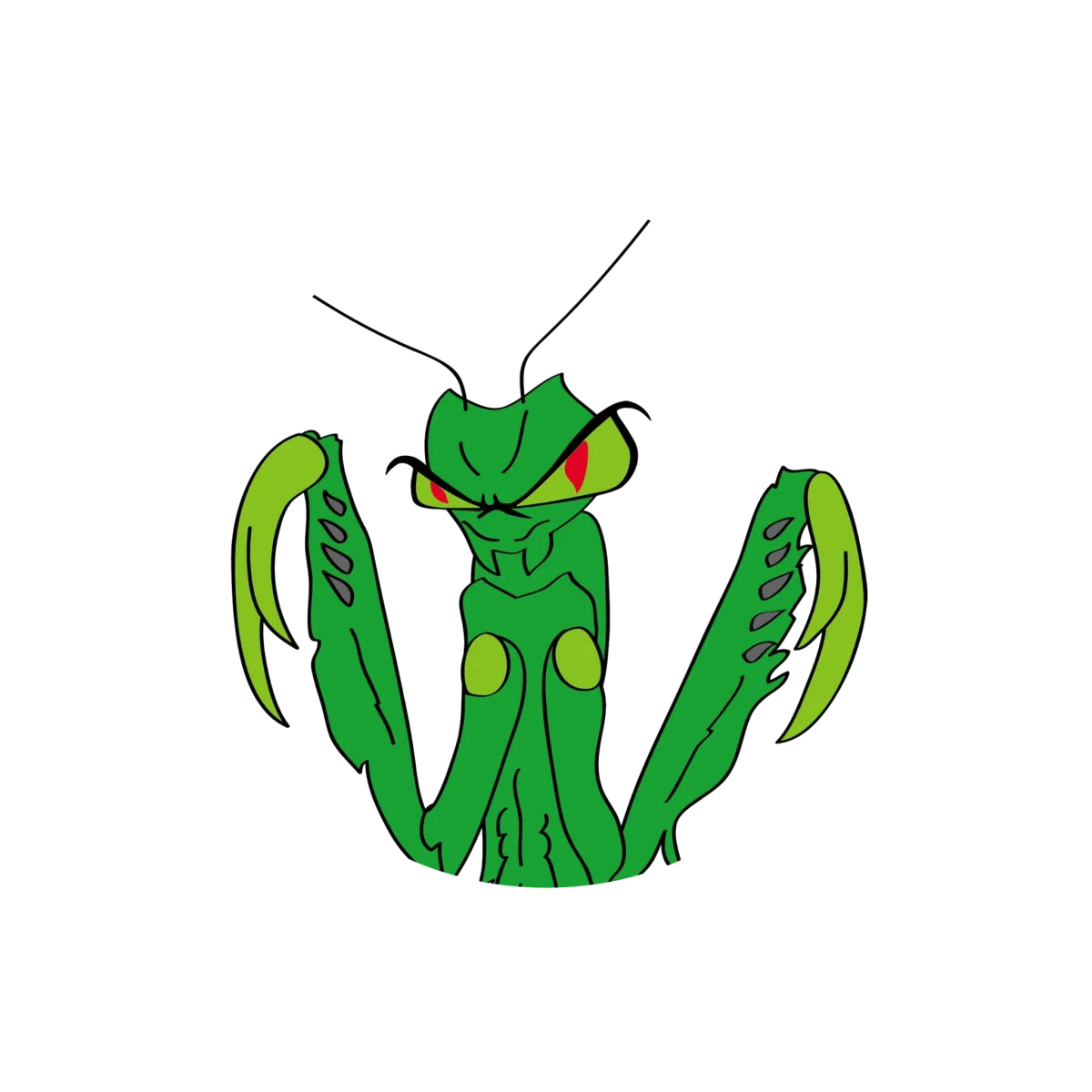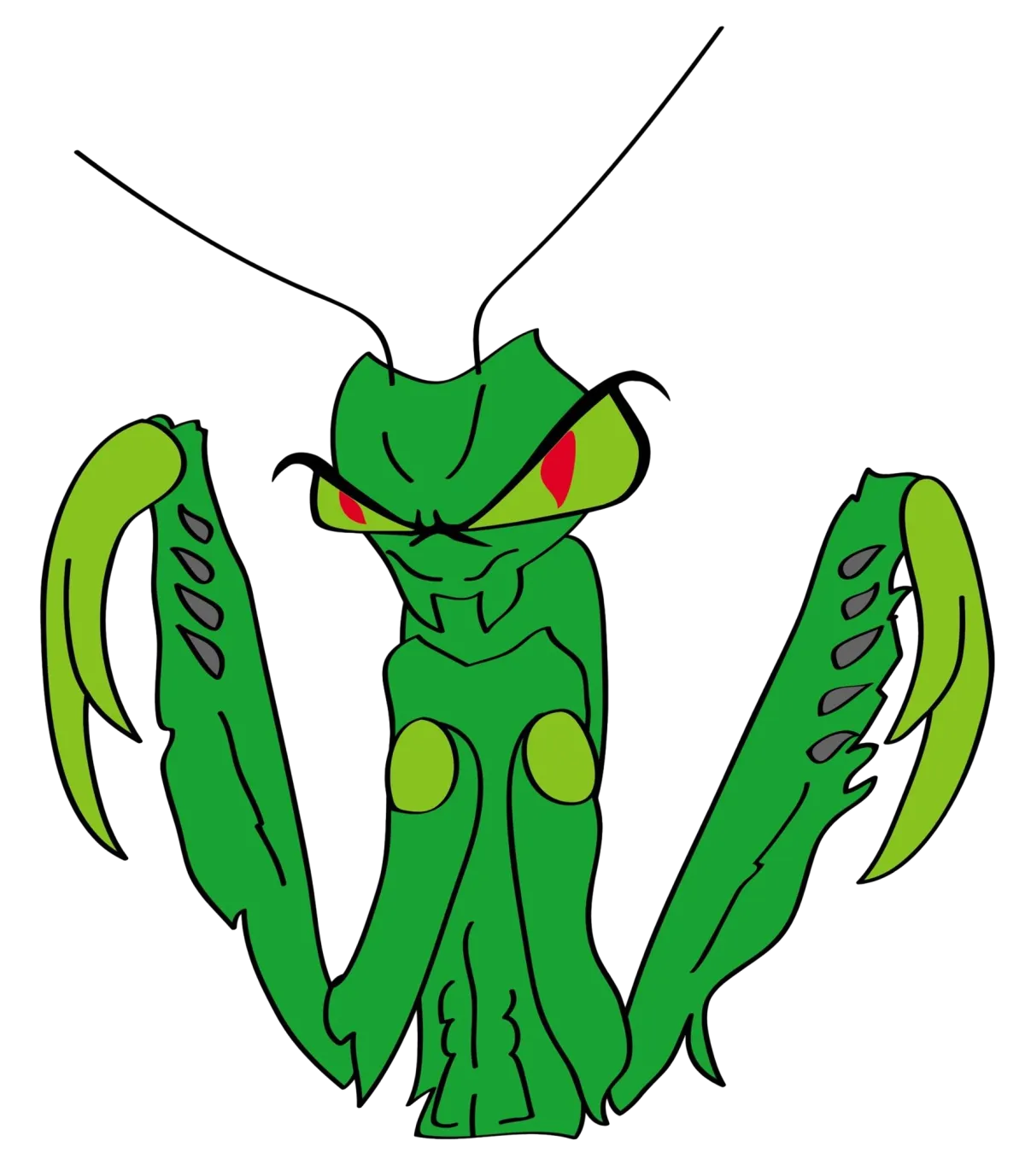BLOG
Welcome to the Mantis Fist Blog — Your Training Ground for Strength, Skill, and Spirit
Step into the Mantis Fist Blog — your trusted source for real-world kung fu wisdom, designed especially for dedicated students, passionate instructors, and martial artists on every step of their journey. Whether you're leading a class, sharpening your own skills, or just starting your path in traditional kung fu, we break down techniques, philosophies, and training principles into clear, practical insights you can use immediately.
From deep dives into Mantis Fist history and fighting strategies to expert advice on mindset, discipline, and physical conditioning — we’re here to empower your journey on and off the mat.
Real training. No gimmicks. Just true martial spirit.

The Origins of Chow Gar Praying Mantis:
The Origins of Chow Gar Praying Mantis:
The Journey of Chow Ah Naam
The roots of Chow Gar Praying Mantis Kung Fu trace back to the remarkable journey of a young boy named Chow Ah Naam—a name that would one day become legend.
Born into a prosperous farming family in southern China, Chow Ah Naam’s early life was comfortable—until, at the age of ten, he was struck by a mysterious and relentless stomach illness. His family, desperate for answers, consulted countless doctors. None could help.
Then, fate stepped in.
A friend of his father suggested something bold: that the illness might be linked to the environment—and that perhaps a change of scenery and energy might offer healing where medicine had failed. With hope as their compass, the family gave young Chow Ah Naam money for travel and sent him off with a servant, telling him simply:
“Wherever you go, do as you please.”
He headed north.
The journey was long and unfamiliar. The boy had no experience of the world, and soon, things took a darker turn. His condition worsened. Then tragedy struck—his loyal servant, too, fell ill and passed away. Alone, sick, and far from home, Chow Ah Naam had no choice but to find shelter at a nearby inn.
As the days passed and his money ran out, Chow Ah Naam sent a letter home asking for help. But the distance was too great, and no money arrived.
Luckily, the innkeeper took notice of the boy’s plight. He offered one final hope—an introduction to a Shaolin monk named Sim Yan, a reclusive yet respected healer known for his deep knowledge of medicine and martial arts.
Sim Yan, though hesitant with outsiders, sensed something special in the frail boy. He agreed to treat him. What followed was nothing short of a transformation. After several months under the monk’s care, Chow Ah Naam recovered fully. His strength returned—but his journey was only beginning.
Still without funds and now deeply grateful, Chow Ah Naam worried about overstaying his welcome. When he explained his situation, the innkeeper offered a solution:
“Would you work in the kitchen to earn your keep?”
He agreed.
What Chow Ah Naam didn’t realise at the time was that this humble inn was actually a part of the Shaolin Temple. And in this temple, every resident—monk or not—was required to train in Kung Fu for at least two hours a day.
So he trained.
Day by day, sweat by sweat, his body hardened. His mind sharpened. He was no longer the sick boy who had arrived on death’s door.
One day, while carrying buckets of water, he accidentally splashed a man named Set, a large, powerful practitioner who had been training for years. Set didn’t take it well. Without warning, he lashed out and struck Chow Ah Naam.
Chow tried to defend himself—but was knocked down with a single punch.
But in that moment of defeat… something awakened.
It would not be the last time Chow Ah Naam stood up.
That single strike would become the seed of a system. A style forged not just in fists—but in hardship, healing, and humility.
From that moment onward, Chow Ah Naam dedicated himself to mastering the art—not just for strength, but for survival, discipline, and purpose.
The art that would become Chow Gar Southern Praying Mantis was born not in triumph—but in transformation.


